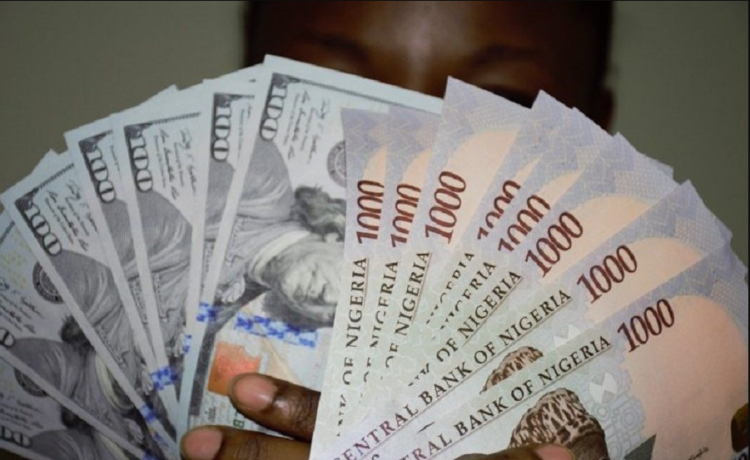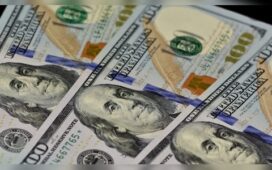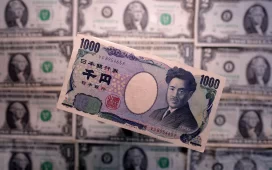The naira posted mild gains in Nigeria’s foreign exchange market while the U.S. dollar index dipped to its monthly lows.
The Nigerian currency appreciated marginally at the official market on Thursday to settle at N1,548.59 to the US dollar.
FMDQ data showed the figure was N4 lower than the local currency’s Wednesday exchange rate of N1,552.58/$1.
The naira was stable on the black market, as foreign exchange rates remained unchanged at the unofficial market. It traded at N1660/$ on Friday morning.
The CBN’s governor, Olayemi Cardoso, credited forex reforms for promoting stability and expressed confidence in the naira’s competitiveness. “I have high confidence that the nation will experience a favorable result. The effects are already being felt, particularly about international remittances.’
According to Cardoso, the inflows via international money transfer operators (IMTOs) have been astounding. He stressed the need for creative solutions while acknowledging the dire economic challenges of 2024, such as diminishing foreign exchange reserves, falling oil prices, and decreased oil production.
”Instead of complaining about our challenges, we had to look for fresh approaches and chances, and the outcomes have been positive. Positive results are being obtained from the reforms,” he continued.
Cardoso highlighted key reforms introduced by the CBN in 2024, including clearing $7 billion in verified forex commitments, discontinuing quasi-fiscal interventions, and unifying multiple exchange rate windows. He stated that these measures were pivotal in stabilizing the naira and enhancing Nigeria’s global economic credibility.
The Nigerian Economic Summit Group (NESG) predicted a substantial increase of the Naira to $1 which is expected to reach N1300 in 2025 on the condition that the nation follows an optimal stabilization corridor.
According to the report, the positive outlook is based on the anticipated rise in foreign exchange receipts because of strategic exports due to high crude oil sales, increased manufacturing activities from the oil refining sub-sector, and enhanced agricultural productivity. Export income is expected to boost amid increased global demand for Nigeria’s crude and improved local production.
NESG projected the real GDP growth rate to reach 5.5% in 2025 because of the implementation of comprehensive stabilization reforms.
U.S. dollar index drops to monthly lows
The US Dollar Index used by currency traders to track the U.S. dollar’s strength against a basket of major currencies, declines for the second day in a row and hits a new monthly low on Friday.
- The index traded at a 107.8 support line, down by over 30 basis points for the last day, the index is expected to record losses for the second week in a row.
- The markets have been factoring in the likelihood that the Fed will reduce borrowing costs twice this year in response to indications of inflationary pressures in the United States. Speaking virtually at the World Economic Forum in Davos on Thursday, US President Donald Trump further stated that he will exert pressure to lower interest rates. Consequently, this is viewed as a major element weakening the USD.
Trump disclosed a cordial discussion with Chinese President Xi Jinping and might work out a trade agreement with China without resorting to tariffs. This reduces concerns that Trump’s protectionist policies might increase inflation and strengthens the case for the Fed to continue easing policy, which would lower the yields on US Treasury bonds and put pressure on the dollar.









